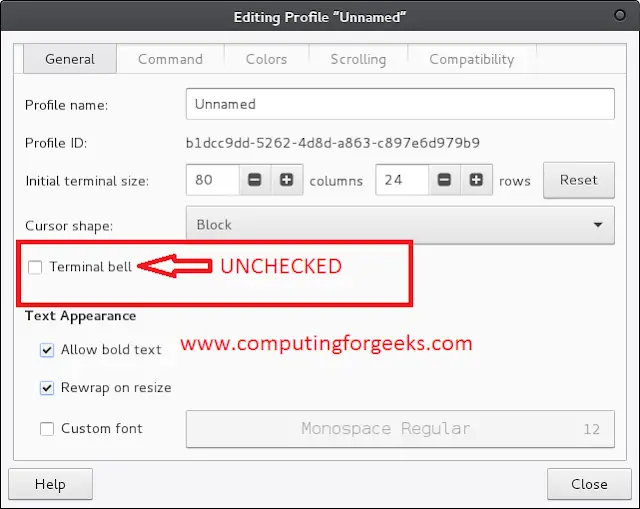In JavaScript error message property is used to set or return the error message.
Syntax:
errorObj.message
Return Value: It returns a string, representing the details of the error. More example codes for the above property are as follows:
Below is the example of the Error message property.
Example 1:
JavaScript
try { allert("A computer science portal"); } catch(err) { document.write(err.message); } |
Output:
allert is not defined
Example 2: This example does not contains any error so it does not display error message.
html
<!DOCTYPE html> <html> <body style="text-align: center;"> <h1 style="color: green;"> neveropen </h1> <h3> JavaScript Error Message Property </h3> <p id="gfg"></p> <script> try { alert("A computer science portal"); } catch(err) { document.getElementById("gfg").innerHTML = err.message; } </script> </body> </html> |
Output:

Example 3: This example displays an error message when use misspelled ‘alert’ statement.
html
<!DOCTYPE html> <html> <body style="text-align: center;"> <h1 style="color: green;"> neveropen </h1> <h3> JavaScript Error Message Property </h3> <p id="gfg"></p> <script> try { popup("A computer science portal"); } catch(err) { document.getElementById("gfg").innerHTML = err.message; } </script> </body> </html> |
Output:

Supported Browsers: The browser supported by JavaScript Error Message Property are listed below:
- Google Chrome
- Firefox
- Internet Explorer
- Opera
- Safari




